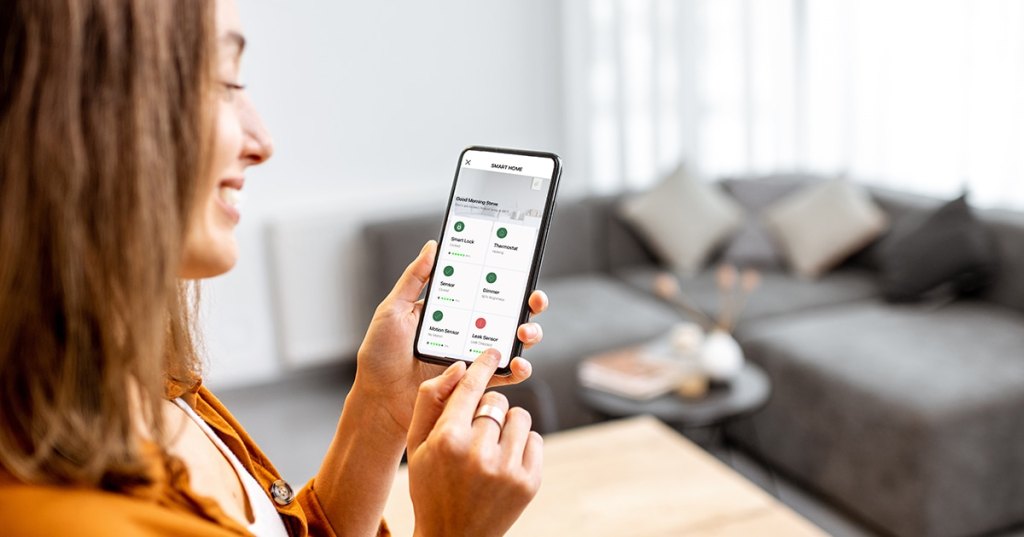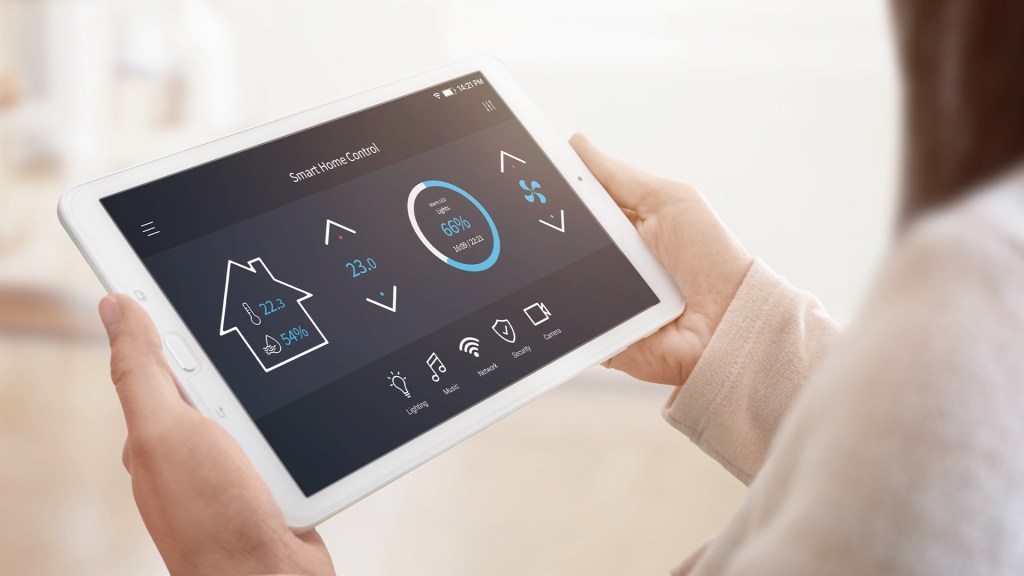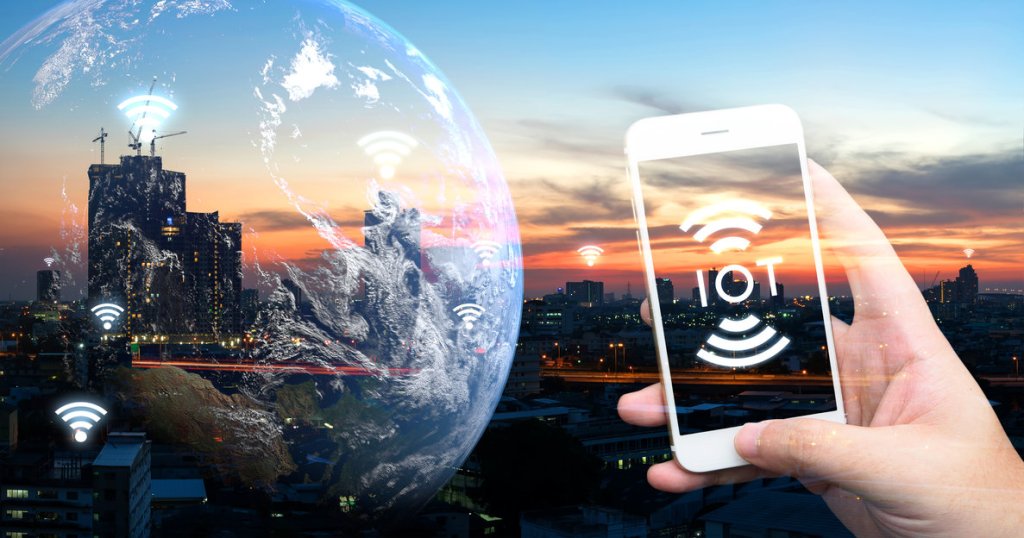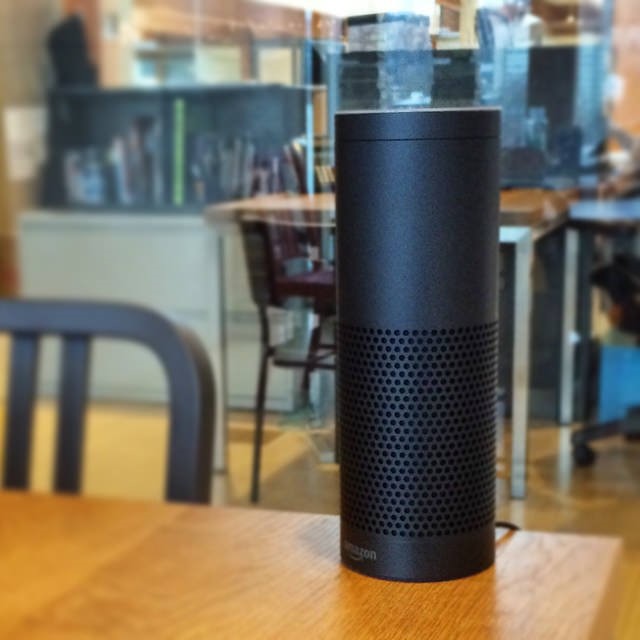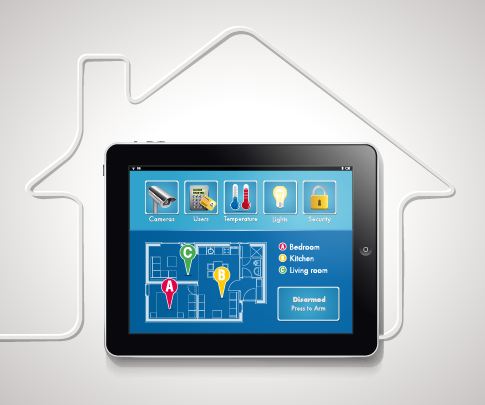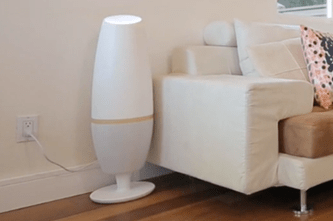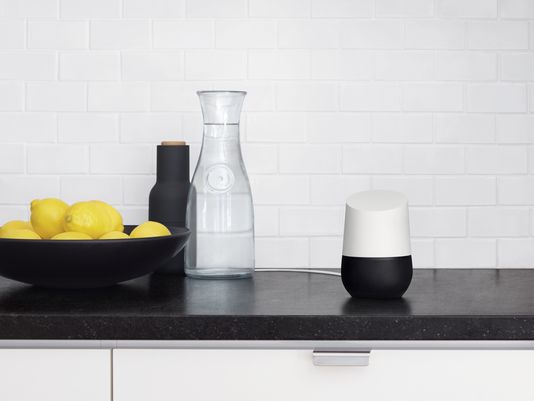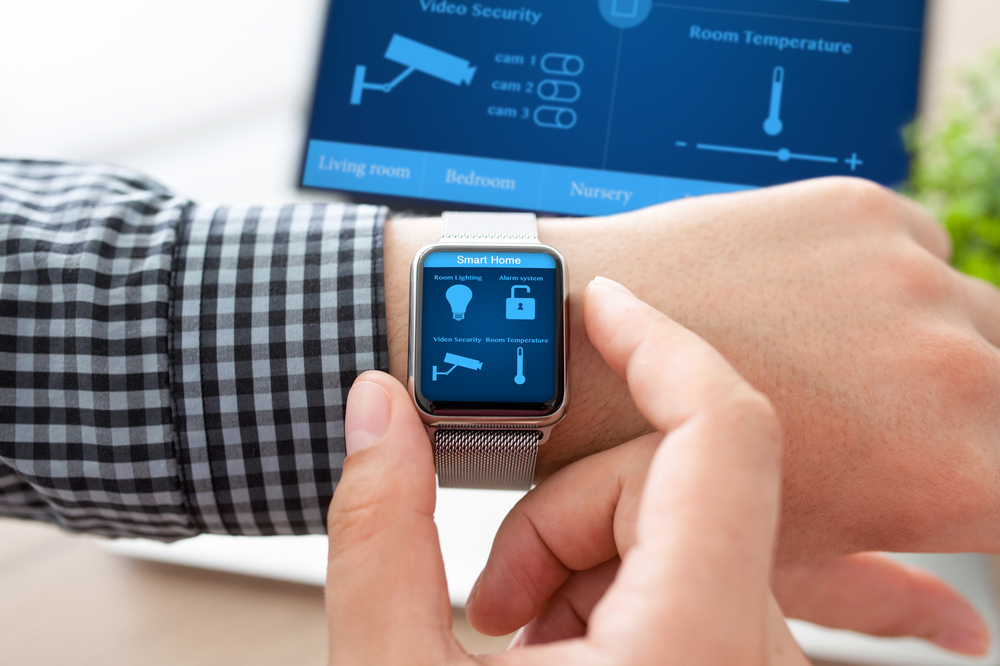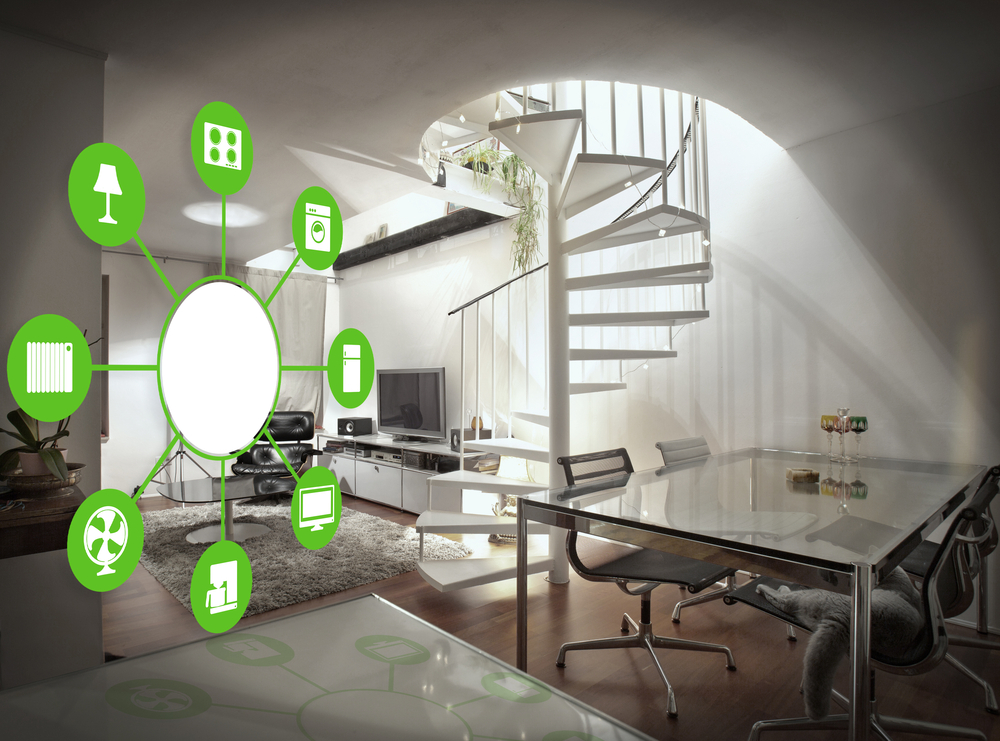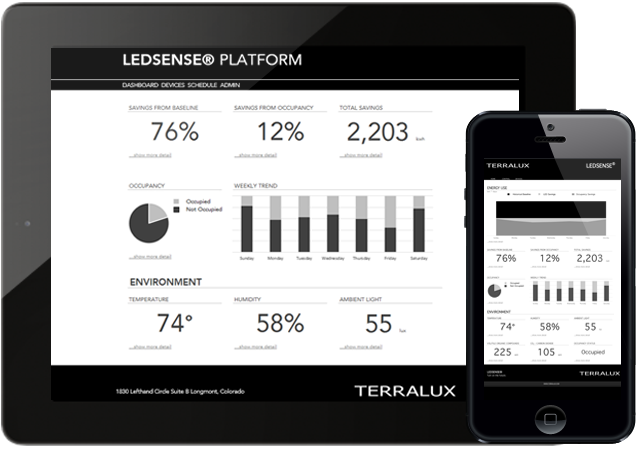Home, Smart Home
Meet Yardi's Smart Home Solution
Smart home technology is expanding rapidly. Renters want smart home amenities for security and convenience. Property managers are interested in its easy and productive operational management. Smart home technology is also used for risk mitigation and real-time insights to improve buildings’ sustainability as well as property managers’ understanding of their properties’ processes. RentCafe Home IQ […]

